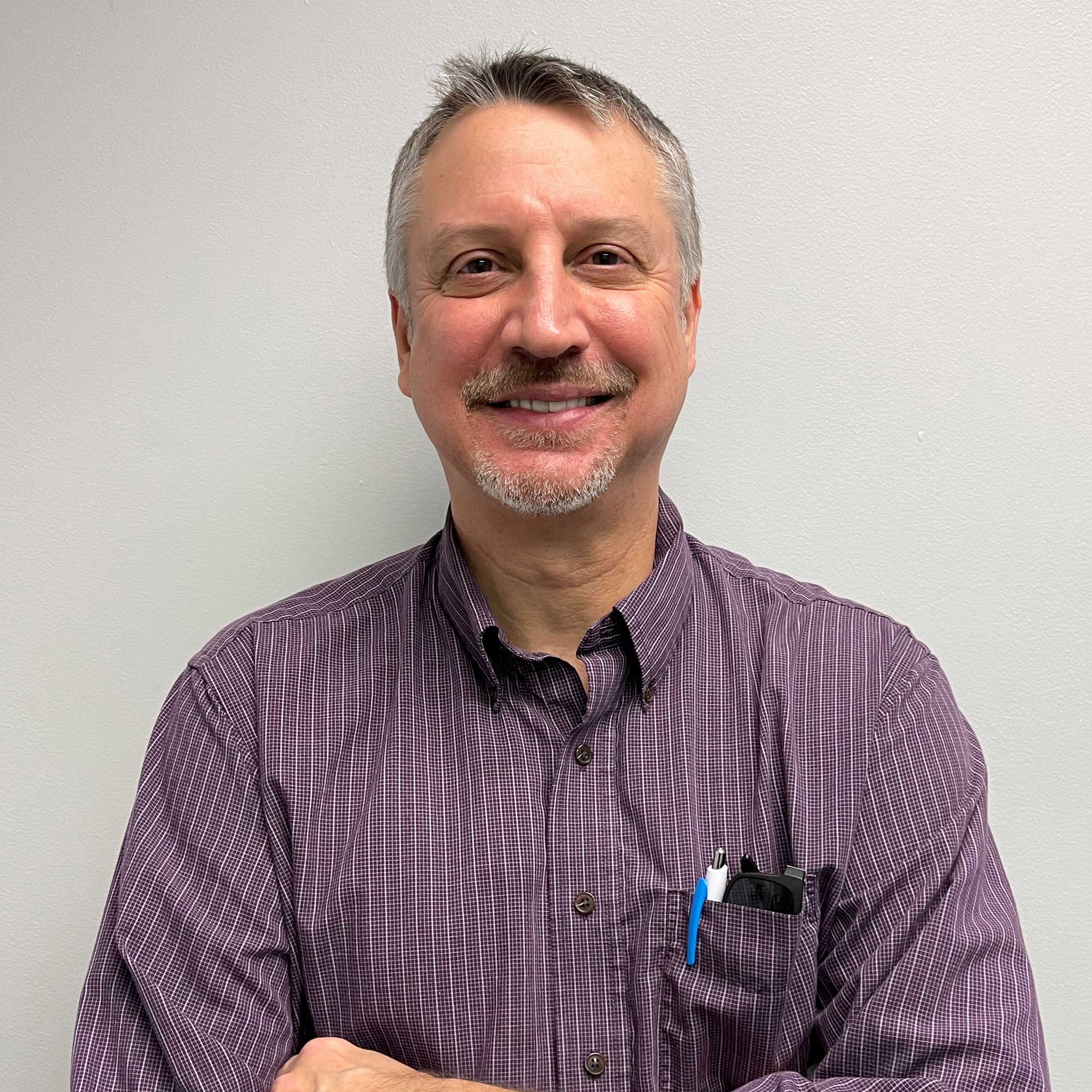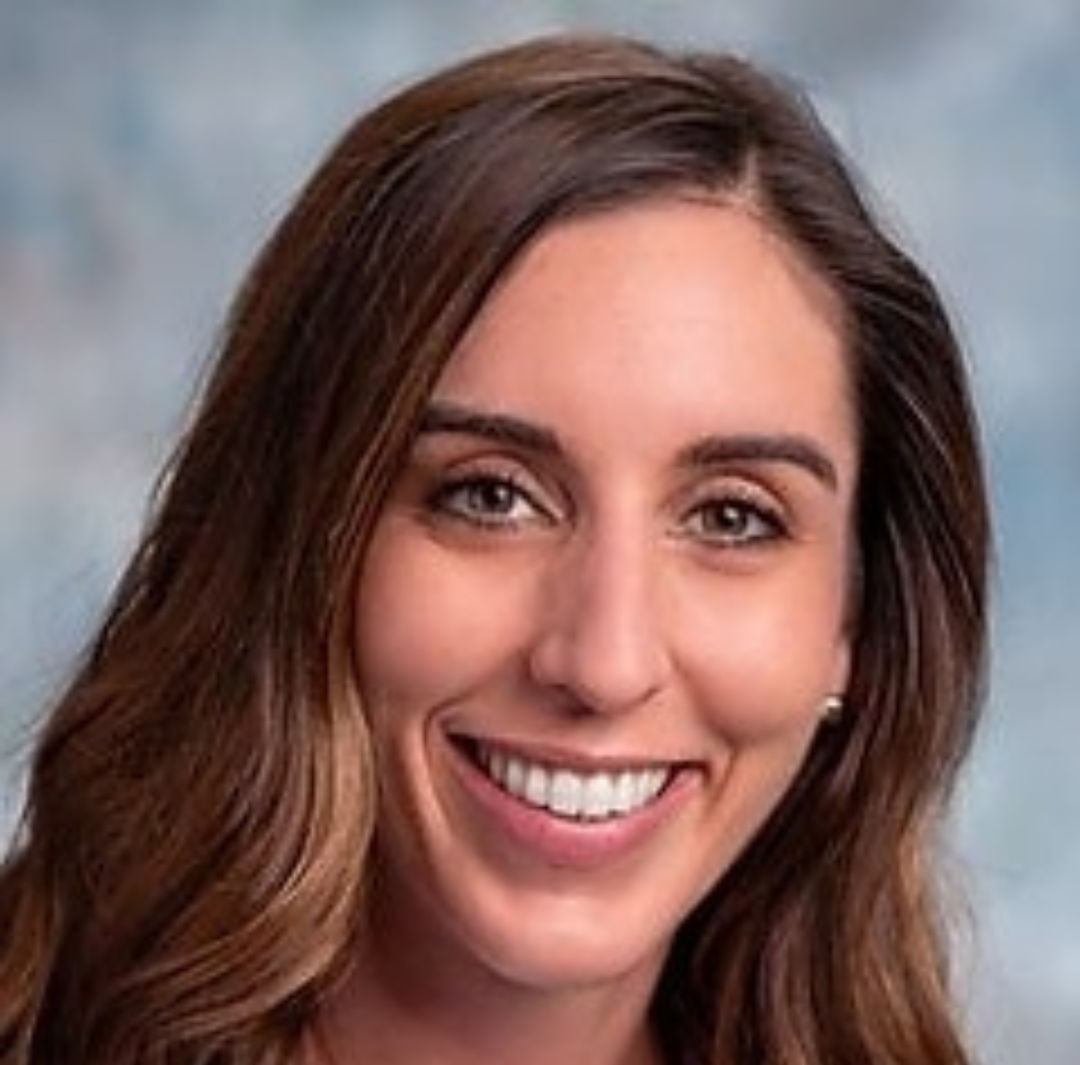VISION CARE
Vision Hours: Once Per Week (Per Provider Availability)
COMPREHENSIVE CARE
Shifa Free Clinic provides diagnostic exams and treatment for individuals dealing with eye disease as well as those with poor vision along with annual eye exams. Eye disease is often a complication due to chronic conditions such as diabetes. Uninsured and underserved adults are at a higher risk of not receiving eye treatment in a timely manner due to the lack of services available to them. This can lead to permanent damage.
Eye care experts recommend you have a complete eye exam every one to three years, depending on your age, risk factors, and physical condition.
WHAT TO EXPECT
A comprehensive eye exam that usually lasts from half an hour to an hour includes a number of tests and procedures to examine and evaluate the health of your eyes and the quality of your vision. These tests range from simple ones, like having you read an eye chart, to complex tests, such as using a high-powered lens to examine the health of the tissues inside of your eyes.
Should a vision provider determine that a patient needs prescription glasses, we will refer them to a partner program to receive free glasses. If a vision provider suspects a patient has an eye disease such as cataracts or severe retinopathy, we will try to refer them to receive free or low cost specialty care. You are likely to have all or most of the following eye tests (you may also have more specialized eye tests):
General Screenings
- Diabetic Eye Exam
- Screening for Macular Degeneration
- Screening for Dry Eyes
- Screening for Glaucoma
- Screening for Cataracts
Eye Test Descriptions
- Cover Test: This is a check for how well your eyes work together. As you stare at a small target some distance away, the doctor will cover and uncover each eye to observe how much your eyes move, watching for an eye that turns away from the target (strabismus). The test may be repeated with a target close to you.
- External Exam and Pupillary Reactions: The doctor will watch the reactions of your pupils to light and objects at close distance. At the same time, the doctor will check the exterior eye, looking at things such as the condition of the white of the eyes and the position of your eyelids.
- Eye Muscle Movement Test: To assure that the eyes are normally aligned, the doctor will ask you to visually track a target in different directions and observe your eye movements.
- Glaucoma Test: This tests whether the fluid pressure inside your eyes is within a normal range. Painless and taking just a few seconds, the test can be done several ways.
- Tonometer Test: This is the most accurate. With drops numbing your eyes, you stare directly ahead. The eye doctor barely touches the front surface of each eye with an instrument called an applanation tonometer or Tonopen to measure the pressure.
- Puff or Non-Contact Tonometer Test: While you focus on a target, you get a small puff of air in each eye. Resistance to the air puff indicates the pressure.
- Pupil Dilation (Enlargement): With your pupils fully enlarged, the eye doctor will examine the inside of your eyes with different instruments and lights. The pupil-enlarging drops for this part of your eye exam start to work after about 20-30 minutes, making your eyes more sensitive to light and blurring vision. These effects may last for several hours or longer so important to bring a pair of sunglasses to your exam for the ride home.
- Refraction Testing: For your exact lens prescription, the eye doctor may use the results of the computerized refractor, or he or she may fine-tune the prescription manually by asking you feedback questions while flipping back and forth between different lenses. If you do not need corrective lenses, you will not have this test.
- Retinal Examination (Ophthalmoscopy): Using an ophthalmoscope and pupil dilation, the eye doctor examines the back of your eyes: retina, retinal blood vessels, vitreous, and optic nerve head.
- Retinoscopy: The eye doctor may shine a light in your eyes and flip lenses in a machine (phoropter) that you look through while staring at a large target, or the doctor may use an automated machine (refractor) for the same purpose. By checking the way light reflects from your eyes, the doctor gets approximate idea of the lens prescription you need now.
- Slit Lamp (Biomicroscope): The slit lamp magnifies and lights up the front of your eye. The eye doctor uses it to detect several eye diseases and disorders by examining your cornea, iris, lens, and anterior chamber.
- Visual Acuity Test: You will sit in front of an eye chart, with letters that get smaller as you read down each line. You cover each eye in turn and, using the other eye, read aloud, going down the chart, until you cannot read the letters anymore.


